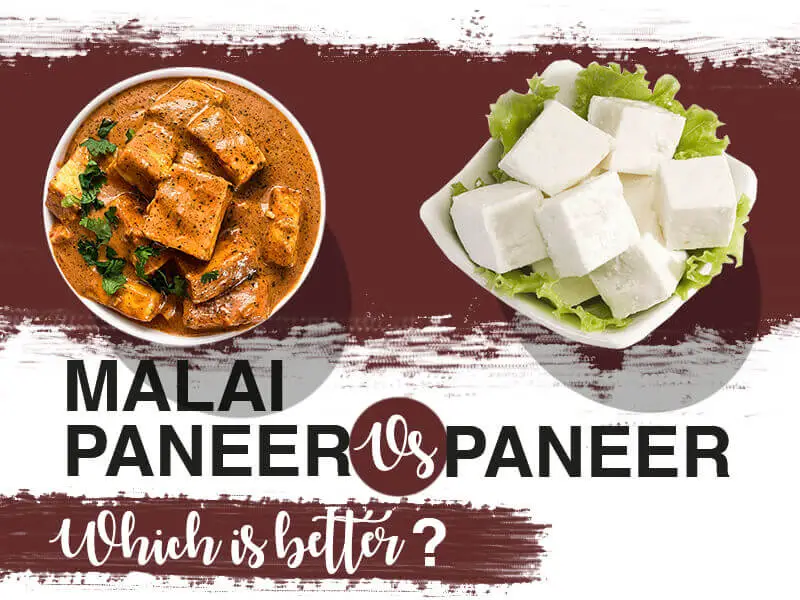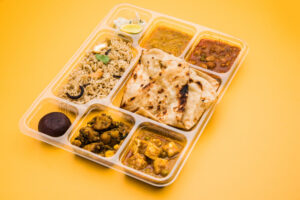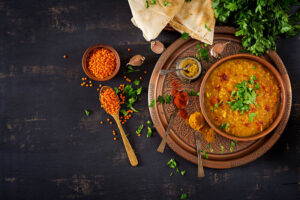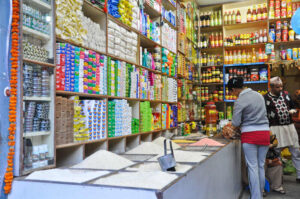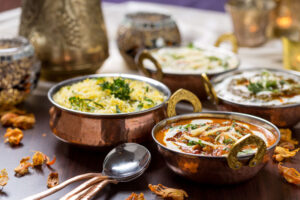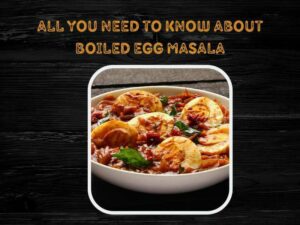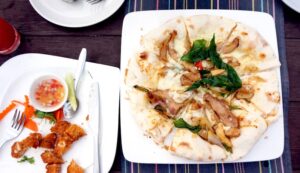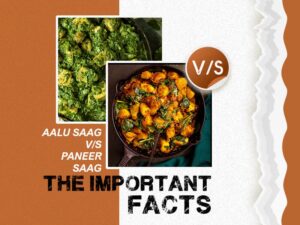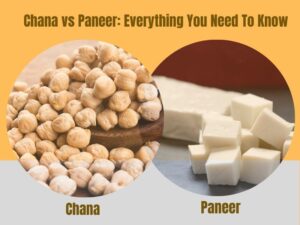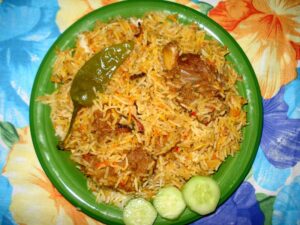Paneer is a type of fresh cheese popular in South Asia. It is a non-melting, unaged farmer’s cheese created by curdling milk with lemon juice, vinegar, curd, or citric acid. It’s also a staple in most vegetarian Indian dishes.
Malai is a form of clotted cream that originated in India and is used in the Indian subcontinent cuisine, particularly in the preparation of desserts. It is made from boiled and chilled cow’s milk with a milk fat content of 3 to 5%.
So, malai paneer vs paneer: which is better? This question is asked by many people. In this article, we will try and answer that.
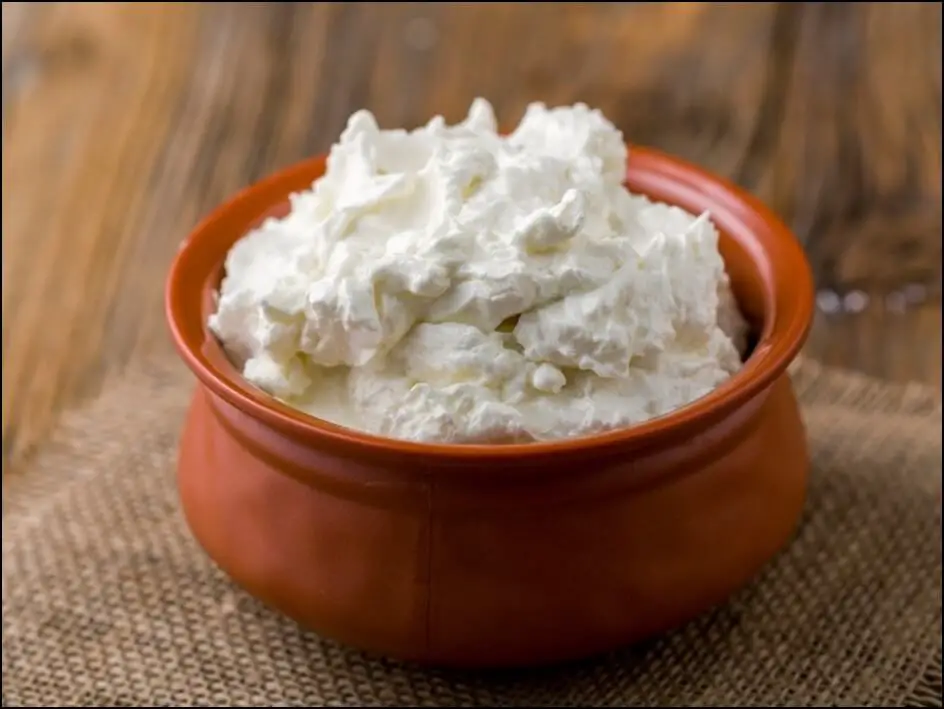
Malai Paneer And Normal Paneer: Difference And Similarities
The answer to “Malai Paneer vs Paneer: which is better?” lies in the difference and similarities between the methods of preparation.
Fresh paneer is a soft, fresh cheese made entirely of pure milk with a high moisture level. In Europe and the United States, paneer is a type of cheese that resembles cottage cheese. Many recipes call for paneers, such as palak paneer and matar (peas) paneer.
Malai paneer is a cream-based kind of paneer. It is manufactured from pasteurized full cream cow milk with a low moisture percentage and a high-fat content.
Here is a video representation of the difference between the two.
Malai Paneer And Paneer: Ingredients
Common Ingredients
| Full Fat Milk: | 1 Ltr |
| Lemon Juice/ Vinegar / Curd / Citric Acid | 2 tbsp / 2 tsp / ½ cup / pinch |
Different Ingredient
For malai paneer, the only different ingredient is the use of fresh cream (half a cup).
Malai Paneer And Paneer: Common Pre Preparation Steps
- Fill a vessel halfway with water (2 tbsp).
- Add the milk and bring to a boil.
- While the milk is heating up, keep stirring at regular intervals.
Preparation Method: Differences And Similarities
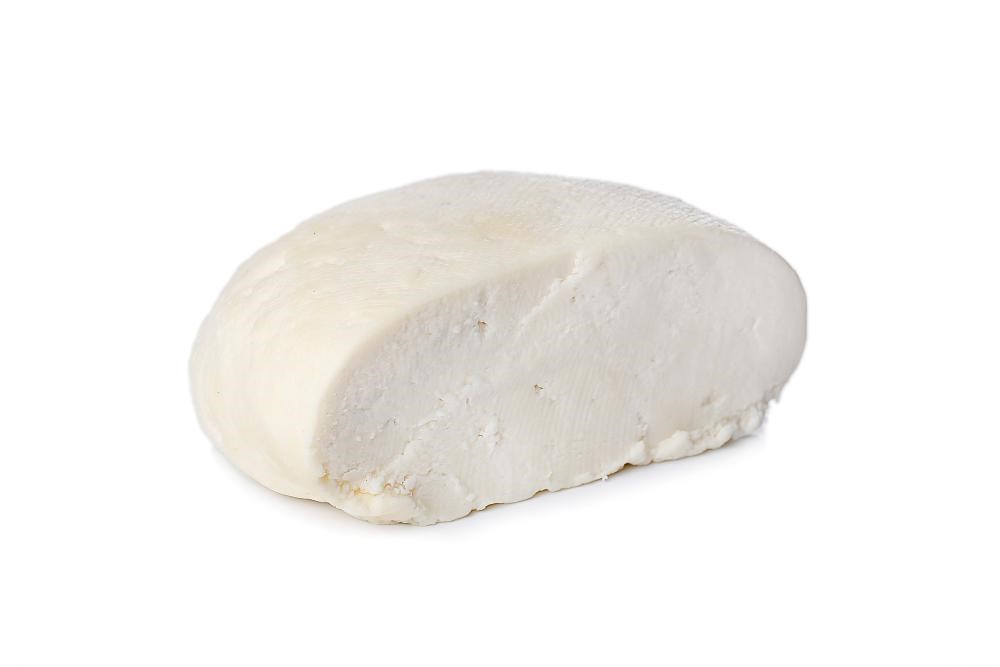
| Malai Paneer | Paneer |
| 1. When the milk has reached a boil, add the fresh cream and stir until it is completely combined with the milk. | 1. Once the milk has reached a boil, remove it from the fire and set it aside for a minute to allow the extra heat to escape. |
| 2. Now, add the curd and cook for 30 seconds before turning off the heat. | 2. Next, squeeze in the lemon juice or vinegar. |
| Common steps: |
| 3. Using a cheesecloth, strain the paneer + whey. |
| 4. To neutralize the acidity, add cool water. |
| 5. Gather the cheesecloth and the heated paneer together securely. |
| 6. Give it an ice bath right away and let it rest until it’s fully cold. |
| 7. Collect the cheesecloth again, wring out the excess water, and set it on a slotted plate with a hefty weight on top. |
| 8. Check after 1–1 1/2 hours. |
| 9. The Paneer would be just right. |
| 10. Now you can cut the paneer into cubes or any other form you want. |
| 11. You can also keep the paneer refrigerated by submerging it in water in an airtight container. |
| 12. (Malai) Paneer lasts 3-4 days in the refrigerator. |
Did you know that an alternative consists in making paneer in an instant pot?
Culture & History of Malai Paneer and Normal Paneer
The much-needed answer to the question of “malai paneer vs paneer: which is better?” can also be sought in history.
Milk has a long history of being stored in ways other than its natural form. Due to the high quantity of cattle, such as goats, sheep, camels, cows, and buffalo, Asia has long had a strong dairy milk history.
The origins of paneer are a contentious matter, as there are several competing theories. Vedic Indian, Afghani-Iranian, and Portuguese-Bengali are competitors for paneer’s origin.
Sour green leaves, yogurt, and berries were used to make cheese by the people of the Indus Valley civilization. The ancient Vedas distinguish between two varieties of cheese: porous cheese and non-porous cheese.
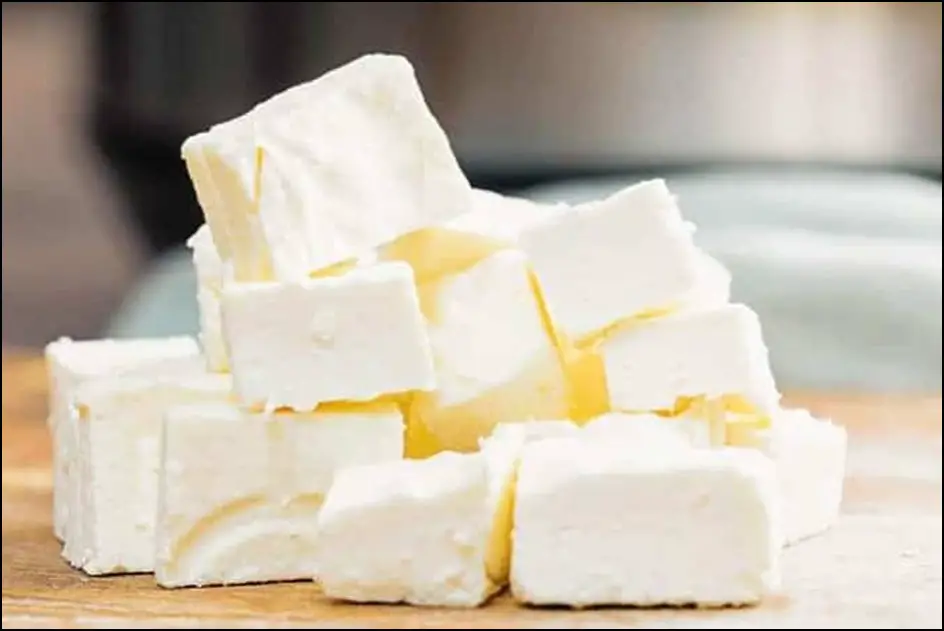
This sounds just like today’s cheese. The word ‘paneer’ has a variety of meanings. Let’s find out more details about paneer and malai paneer.
Malai Paneer And Paneer: Taste & Texture
Paneer doesn’t have a particularly strong flavor, but it does have various flavors, such as being somewhat sweet, acidic, buttery, or nutty.
Paneer and Malai Paneer both have a gentle, milky flavor and a dense, crumbly texture that complements the intense spicy flavors found in many traditional Indian cuisines. It won’t melt like other cheeses so that bits can be tossed into soups or curries and stay solid.
#Amul Malai Paneer is so soft and delicious, it is no wonder that everyone wants to pair with it.
— Amul.coop (@Amul_Coop) January 31, 2020
So, what’s the dish you want to pair with Amul Malai Paneer? pic.twitter.com/zub6xk6Po7
Both have a marble white appearance, a mass-like structure, and a soft spongy feel to them. Paneer that has been fermented tastes better than paneer that has been created by adding citrus juice to milk.
But, if you look attentively at malai paneer cubes, you will see that they contain more cream and are also more creamy than conventional paneer. This is the property that allows it to achieve that creamy taste without overpowering the flavor, as seen in shahi paneer. On the other hand, malai paneer is difficult to grate. When heated, it retains its shape but remains somewhat soggy on the outside, which cooks frequently avoid when seeking a topping.
Malai Paneer vs Paneer: Nutrition & Calories
Malai Paneer
One serving of Malai Paneer has 4.5 grams of total carbohydrates, 4.5 grams of net carbs, 25 grams of fat, 14 grams of protein, and 355 calories.
Paneer
One serving of Paneer: 321 calories, Carbohydrates 3.57 grams, protein 25 grams, fat 25 grams, 0 fibre, Calcium: 31% of the Daily Value (DV), Iron: 0% of the DV, Potassium: 2% of the DV.
Malai Or Paneer: Which Is Better?
Finally, considering all the points mentioned above, we can come to a reasonable answer to the question “malai paneer vs paneer: which is better?”.
As malai paneer is prepared in cream milk, it gives high nutritional content. The taste of malai paneer is also more flavourful and creamier than paneer.
It can be easily inferred that the malai paneer is a little better than the paneer overall.
However, having said that the paneer is equally good to consume, with a milky flavor and good nutritional value. Especially for people looking to lose weight, it is a great option.
Here is also another comparison that is worth a look: malai paneer vs paneer nanak.
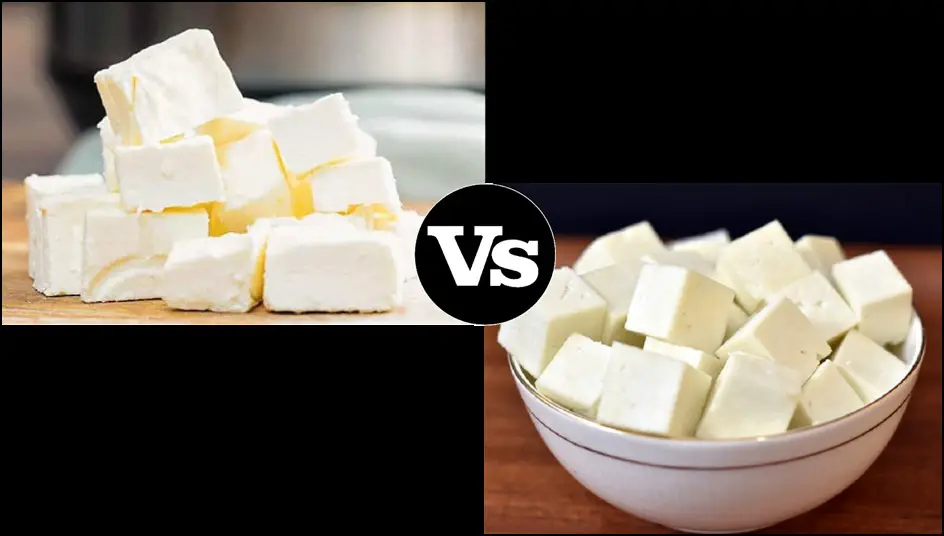
Is Paneer Superior To Cheese?
Paneer’s lactose content does not diminish as much as aged cheese because it is a fresh cheese. This makes normal cheese simpler to digest than fresh paneer. Paneer can produce bloating, gas, diarrhea, and stomach ache, especially if your digestive system is weak or sensitive.
Is Malai Prone To Spoilage?
If you keep your malai in the fridge, it may last for 8 to 10 days (Else, can you freeze paneer cheese?). It’s a good idea to check your cream after a week to make sure it doesn’t stink. If you have prolonged power outages from time to time, don’t keep your cream for more than 3-4 days.
The malai paneer is very versatile in its usage.
Is It Healthy To Eat Paneer Every Day?
If you’re trying to lose weight, a low-fat cow milk paneer is a great option. That is why paneer is one of the best meals you can eat virtually every day. Paneer prepared from low-fat cow milk has low-fat content and high protein content.
The key distinction between low-fat paneer and full-fat paneer is the amount of fat in each. Low fat and skim milk are manufactured by spinning whole milk through a machine to remove the fat globules.
Low fat and skim milk have fewer calories than whole milk because the fat has been removed or skimmed off.
One cup of full-fat milk contains 150 calories and 8 grams of fat. While low-fat milk contains 100 calories and 2.5g of fat, skim milk contains 80 calories and 0.5g of fat.
